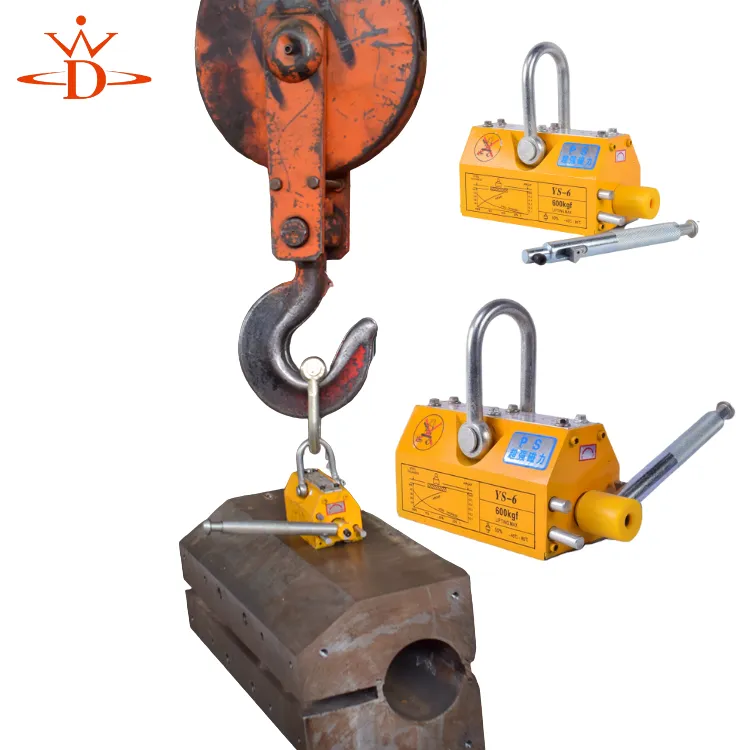floor gantry crane
Overview of Floor Gantry Cranes
Floor gantry cranes are essential tools in various industries, offering versatile and efficient solutions for material handling and transportation. These cranes are designed to lift and move heavy loads in warehouses, manufacturing plants, construction sites, and other settings where heavy lifting is required. The design of floor gantry cranes allows for ease of movement, high load capacities, and safety, making them a popular choice among industrial operators.
Design Features
A typical floor gantry crane consists of a simple yet robust structure that includes a supporting framework, an overhead beam, and a hoisting mechanism. The supporting framework can be made of steel or aluminum, ensuring durability and strength. The crane’s horizontal beam, or girder, is suspended between two vertical legs, allowing for the lifting of materials from one side to the other.
Depending on the specific requirements, gantry cranes can be designed in various configurations, such as single girder or double girder structures. Single girder gantries are often favored for lighter loads, while double girder models offer increased stability and lifting capacity, making them suitable for heavier applications. Some cranes are equipped with movable legs, which provides the flexibility to adjust the span and height according to the workspace's constraints.
Benefits of Floor Gantry Cranes
One of the primary advantages of using a floor gantry crane is its versatility
. These cranes can be used for a wide range of tasks, from lifting and moving materials to assembly processes in manufacturing. The ability to customize the crane's height, span, and lifting mechanism makes it suitable for various industries, including automotive, aerospace, construction, and shipping.floor gantry crane

Another significant benefit of floor gantry cranes is their mobility. Many models are designed with wheels or other mobility features, allowing operators to move the crane easily within a facility. This adaptability increases productivity, as workers can reposition the crane as needed without extensive setup time. Furthermore, gantry cranes do not require permanent installation, making them a smart choice for temporary setups or changing work environments.
Safety Considerations
While floor gantry cranes provide numerous benefits, safety remains a top priority in their operation. The lifting of heavy loads inherently involves risks, and proper safety measures must be implemented to mitigate these dangers. Operators should be trained on the safe use of the crane, including understanding load limits, proper rigging procedures, and awareness of their surroundings.
Regular maintenance checks are crucial to ensure the crane's components, such as chains, hoists, and wheels, are functioning correctly. Inspections should be conducted before each use, looking for signs of wear or damage that could compromise safety. Additionally, using appropriate personal protective equipment (PPE) and following established safety protocols can help prevent accidents during operation.
Conclusion
In summary, floor gantry cranes play a vital role in enhancing material handling efficiency across various industries. Their robust design, mobility, and versatility make them indispensable tools for lifting and moving heavy loads in a wide range of applications. However, with these benefits comes a responsibility to prioritize safety through training, maintenance, and adherence to best practices. As industry needs continue to evolve, floor gantry cranes will remain a staple in facilitating efficient and safe material handling. Their ability to adapt to different environments and tasks ensures that they will continue to be a reliable choice for workers looking to optimize productivity in their operations.
-
Unlock Seamless Relocation with Our Heavy Equipment Moving ExpertiseNewsJun.06,2025
-
Unleash Unrivaled Flexibility with Our Adjustable Gantry CraneNewsJun.06,2025
-
Unleash Heavy-Duty Efficiency with Our Industrial Gantry Crane SolutionsNewsJun.06,2025
-
Revolutionize Steel Handling with Our Magnetic Lifter RangeNewsJun.06,2025
-
Master Equipment Mobility with Premium Machinery Mover SolutionsNewsJun.06,2025
-
Elevate Your Material Handling with Magnetic Lifter TechnologyNewsJun.06,2025
-
YS Permanent Lifting Magnets: The Smarter Way to Handle SteelNewsMay.22,2025
